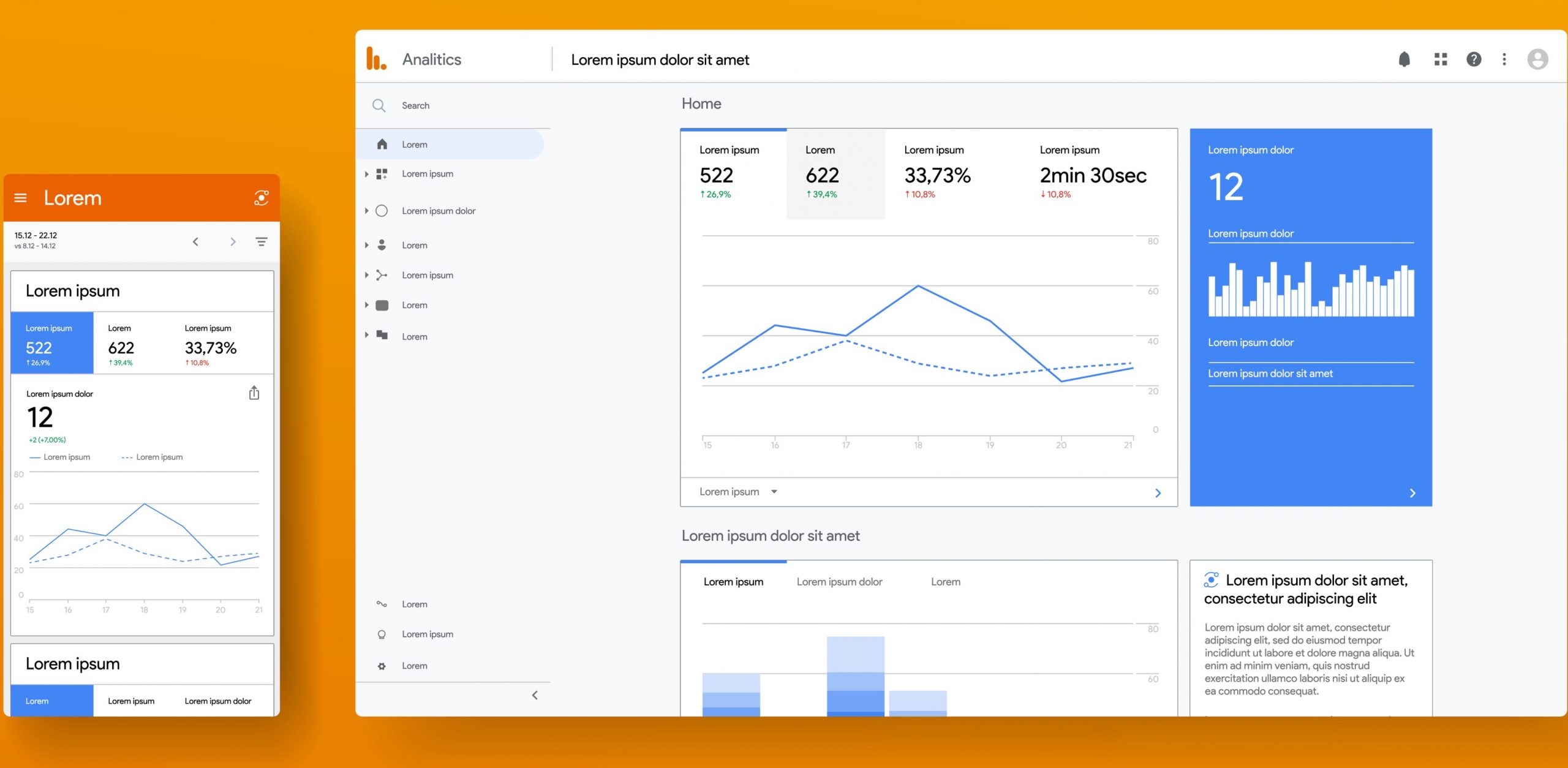20 May Making Google Analytics Better Out Of The Box
Google Analytics is, no doubt, a fantastic product for finding out stats about your association’s audience. Out of the box, it can help you find out more about your audience, where they came from and their behaviour on your website. But there are some features worth enabling as soon as possible, ideally on a fresh install.
These can all be done at any time but may change your stats at that time so this needs to be considered when comparing dates before and after enabling features.
The tips
Without further ado, here are the features we tend to enable on each installation. We assume that you have Analytics installed, are collecting data and have permission to edit settings.
Remove bots and spiders
Why? It removes the fakest traffic from your stats meaning they are more genuine.
Bot and spider-related traffic don’t really help you to determine if your campaigns and efforts are working. Often, they will skew your real stats. Whilst it is not perfect, Google has a built-in option to remove them.
How? Go to Admin > View Settings and you’ll see a heading of “Bot Filtering.” Tick the option to “Exclude all hits from known bots and spiders.”
Filter out your own traffic
Why? It removes your own visits to avoid skewing genuine traffic.
This could mean filtering out your own traffic, or your whole office depending on how your organisation works. Essentially, the most common way of doing this would be to exclude IP addresses (or ranges) from being tracked.
How? Find your IP address(es) by Googling “IP” and note it down. In Analytics, go to Admin > Filters > Add filter and [exclude] [traffic from the IP addresses] [that are equal to] then pop in your address. You can check in Real-Time if your filter has worked by visiting a page on your site and seeing if it shows up. Google’s more in-depth explanation might also be helpful.
Enable demographics and interests
Why? It adds stats about your visitors’ genders and ages to Analytics.
Your marketing campaigns might target a particular ages. Or perhaps you wish to learn more about audience gender, age and interests and how it affects your website. In that case, demographics are useful to enable.
Whilst not all of your audience will have a known age or gender, a subset of it could help. More info on how Google obtains this information.
How? Go to Audience > Demographics > Overview and choose the “Enable” button.
Track website searches
Why? See what your audience searches for on your site.
Being able to see what people search for on your website means you could discover hot topics, hard-to-find content or material which you should have on your website.
How? Firstly go to Admin > View Settings and turn “Site search Tracking” on. You’ll next need to fill out a “query parameter” — usually the question mark in the web address of a search. For example, if you were to go to example.com and search for widgets then the web address might be example.com/search-results?term=widgets. In this case, you’d put “term” into Analytics as the query parameter. Try searching your own site for yours.
Integrate the Search Console
Why? See what your audience searches for to get to your site
Being able to see what people search for to get to your website means you could discover terms you rank well for or perhaps should write about more often. Or if you don’t see the terms you want to see on the report then you could work at starting to rank for them.
How? You’ll need to have set up your website with the Search Console first. Once done, go to Acquisition > Search Console > Queries and select “Set up Search Console data sharing.” Select your website from the list and it will pair with Analytics. After a while, you’ll be able to see which queries your audience has used to find your website. Disclaimer: Not all search queries are shown though.
Integrate Google Ads (Adwords)
Why? See how your Ads campaigns are fairing
Only useful if you run Ads of course. Being able to quickly check your Ads campaigns from Analytics is a nice touch from Google and it can give you more information about your audience and behaviour than Ads alone.
How? You’ll need to have set up Ads. Once done, go to Admin > Google Ads Linking and select the “New Link Group” button. Pair it with your Ads account and you’ll then see data in Analytics.
Create a goal
Why? Judge how effective your marketing activities are
One of the more useful areas of Analytics, setting up goals allows you to see the effectiveness of all your marketing campaigns. For example, measure the rate of people registering for your website or how many people contact you. While you’re here, why not read up on the importance of goals.
How? Go to Admin > Goals and select the “New Goal” button. You’re most likely looking for a destination (web address) that means the goal has been completed, so select destination. Enter your destination for the goal (e.g. /thanks-for-contacting) and then you’ll see Goal data in the Conversions section of Analytics. Goals can be any pages you like, but consider using them for end-points of key website features like above.
Have we missed anything? Over to you
If there is something you have found useful to enable, or you would like some expert advice on your Analytics account, then please get in touch — we’d love to hear from you.


